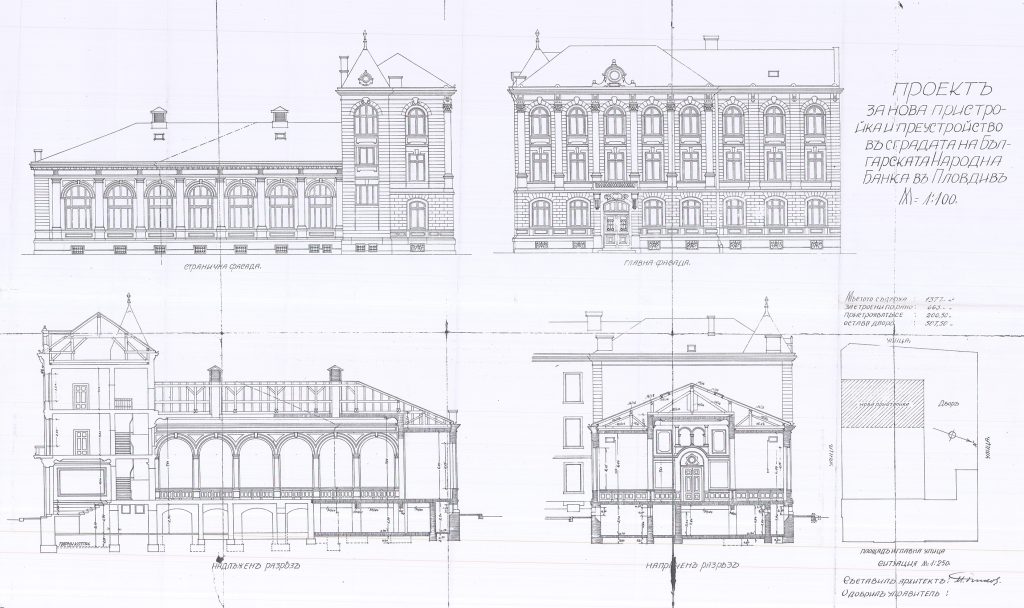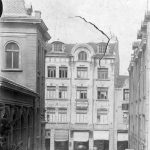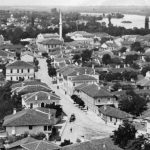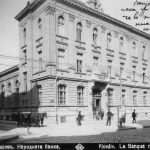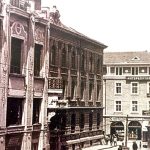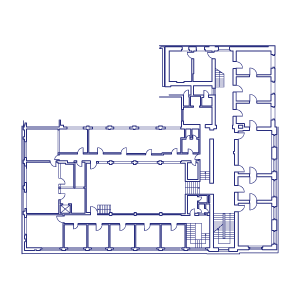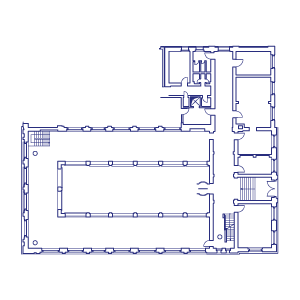Concept competition for the development of the former Bulgarian National Bank building, Plovdiv
#IdeaVault
Location and features
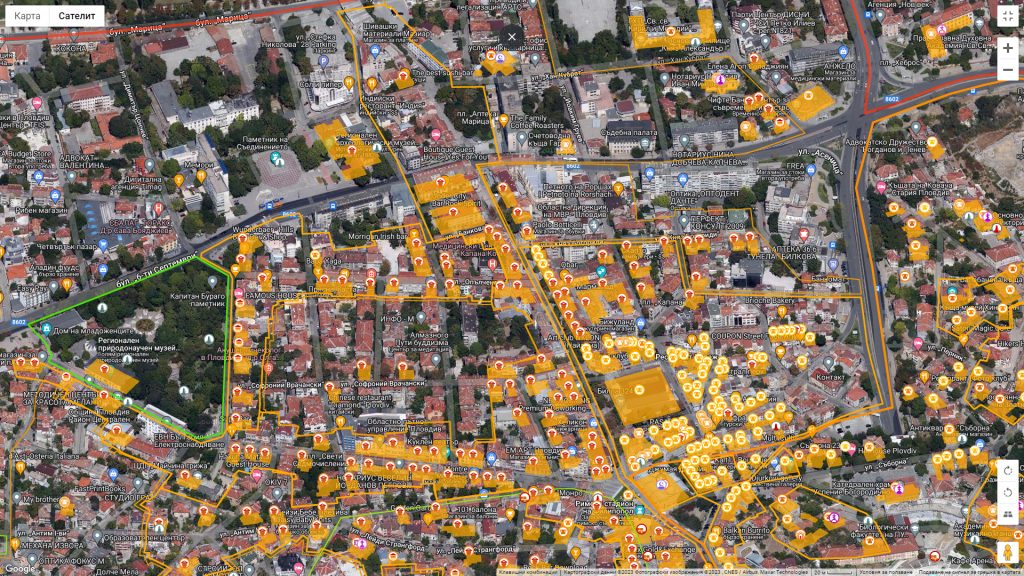
History
Bird's eye view
View of the public square space in front of the former bank building
Context
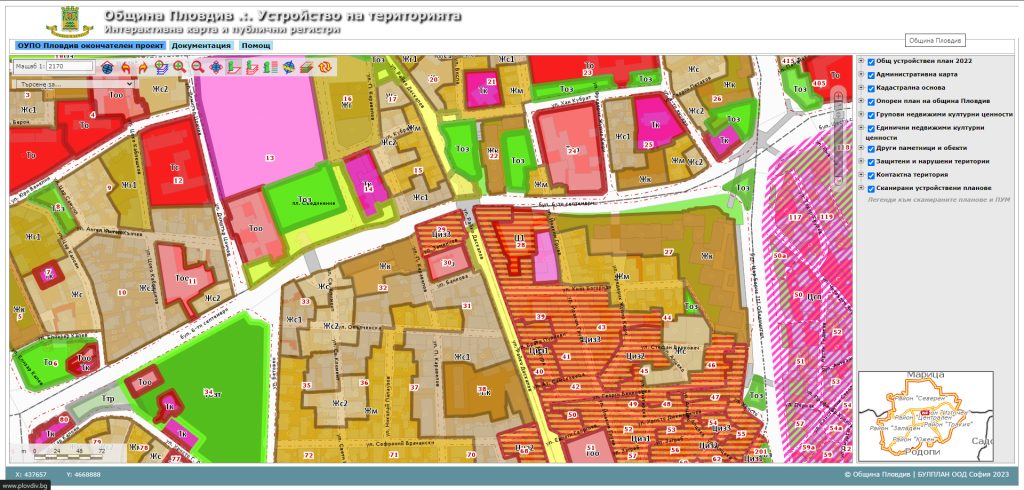
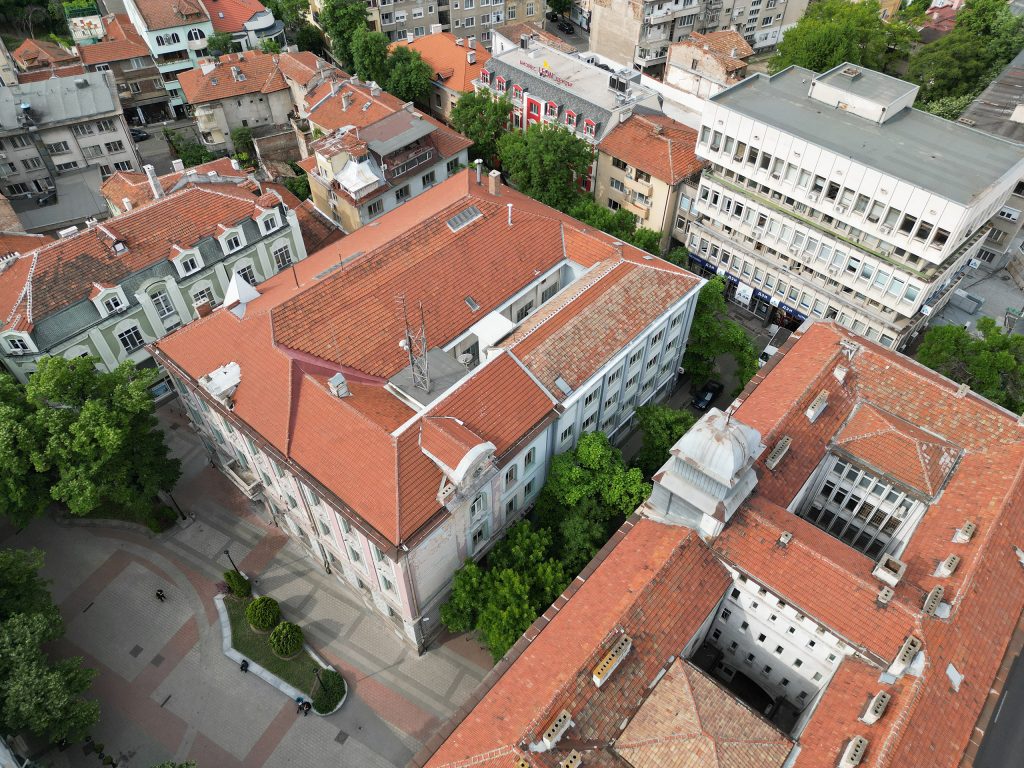
Creating an idea vault
Within their proposals, the participants should focus on determining the functional structure of the building, the adequate synthesis between the planned function and the existing building and the integration of the building into the current social and cultural infrastructure. Within the economic justification the Participant should propose both a management model and proposed timeframe for the procedures, the planning and the overall implementation of the proposal.
The presentation and the submission of the concepts is not tied to the creation of an architectural project. The competition is for ideas for a new function of the building and does not constitute a competition for an investment project within the meaning of the Law on Territorial Planning and the Ordinance on holding competitions in spatial planning and investment design.
There is no specific functional line to be developed by the participants. The only restrictions are related to the requirement that the building should remain with public functions, and that the adjacent public square space should be harmoniously included, in compliance with the best principles and practices of cultural heritage preservation at national and international level, taking into account the national regulatory framework and treating with respect the original building structure.
Source Data
For the needs of the participants, the following materials are provided as input data:
- GPS coordinates;
- digital file of the adjacent territory (sample from specialized cadastre);
- schematic floor layouts with linear scale;
* Note: the plans provided are not intended to be accurate, but a schematic layout to give an idea of the structure of the building. - digital model of the building;
- interior and exterior photo material;
- an opportunity for an on-site visit to familiarize yourself with the building, on a predetermined schedule.
Virtual Tour and digital model
The virtual walk and use of a 3D model are provided courtesy of Rubecula, a company specializing in the creation of digital twins and 3D models, employing LIDAR technology and photogrammetry. The immersive model, combining the latest methods and tools, features a high resolution and photorealistic view, providing an authentic experience of the object and its environment. In the current model, you can rely on an accuracy of +/- 20mm at a distance of 10m.
Results
Entrants must submit two A0 size panels explaining their concept, portrait orientation, either in digital pdf format with a maximum size of 20 MB, or in hard copy. The boards, according to the attached sample, must contain diagrams, sketches, drawings, collages (including one mandatory exterior collage/view of the public square in front of the building and one mandatory interior collage/view of the bank lounge), motto/slogan proposals, etc. The graphic documentation should be accompanied by an explanatory note justifying the proposal in a minimum of 2000 and a maximum of 3000 words.
The competition is not anonymous.
Proposals are submitted either:
– electronically at trezorzaidei@plovdiv.bg until 23:59 on 30.04.2024;
or
– on paper until 17:00 on 30.04.2024 at the Municipality of Plovdiv, 1 “Stefan Stambolov” square, for the competition initiative “Trezor za idei” (Idea Vault) in person or via licensed postal operator.
* The date of the postmark is valid.
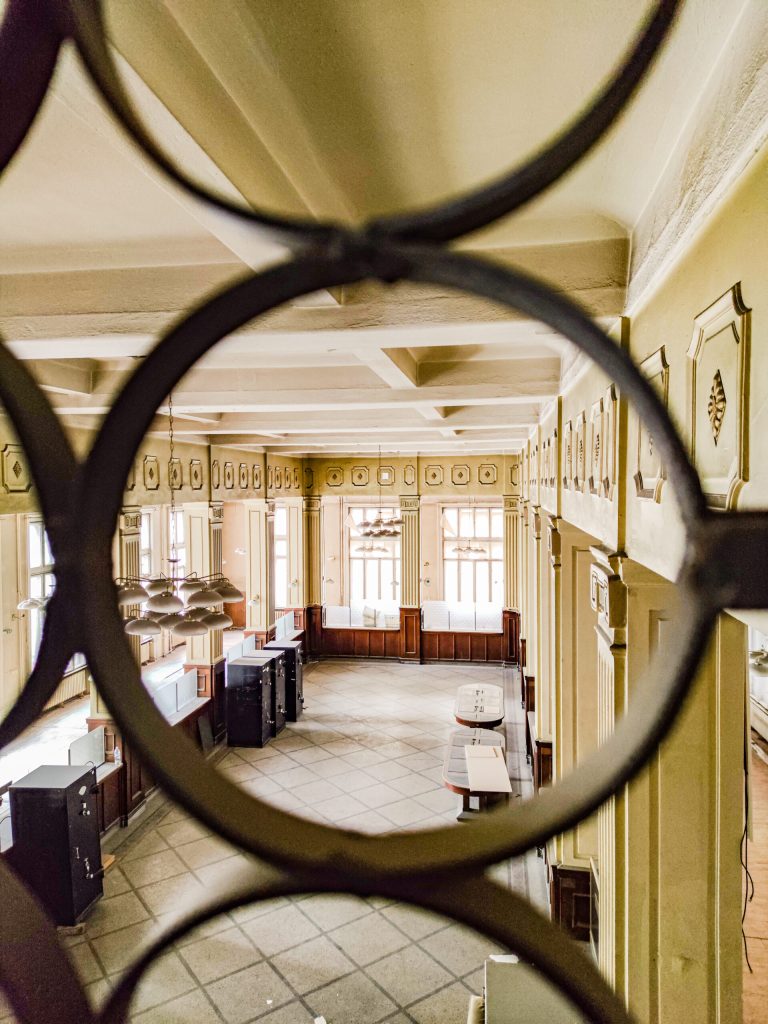
Prize Fund
Three of the best ideas will receive a BGN 3,000 prize each. The awarded proposals will be presented to the general public in the form of an exhibition in the open urban spaces in front of the former bank building.
The competition is for ideas and it does not include a subsequent investment project within the meaning of the Law on Territorial Planning and the Ordinance on Conducting Competitions in Spatial Planning and Investment Design.
Sending proposals and/or awarding within the framework of this competition does not constitute any kind of professional commitment between the Participant and the Municipality of Plovdiv. The Municipality of Plovdiv reserves the right to use freely, publish and present the submitted proposals when the authors of the idea are mentioned.
3 x 3,000 BGN
Timeline
Announcement of the competition: 26.02.2024
Open day for on-site visits:
15.03.2024; 22.03.2024 and 29.03.2024.
*The on-site visit takes place after a prior request and scheduling specific hours via email at trezorzaidei@plovdiv.bg
Deadline for submitting proposals:
23:59 on 30/04/2024 electronically at trezorzaidei@plovdiv.bg or by 17:00 on 30/04/2024 at the office of the Municipality of Plovdiv, 1 Stefan Stambolov Square, for the competition initiative “Trezor za idei” (Idea Vault) in person or via licensed postal operator.
* The date of the postmark is valid.
Announcement of the results: аfter 20.05.2024
Deadline:
30 April 2024
Jury
A jury consisting of an odd number of members will evaluate the submitted proposals.
Chairman:
Deputy Mayor „Culture, Archeology and Tourism“, Municipality of Plovdiv
Members:
- Representative of Chamber of architects in Bulgaria – Plovdiv
- Representative of Union of the architects in Bulgaria – Plovdiv
- Chief architect, Municipality of Plovdiv
- Representatives of public institutions, guilds and other public figures
The jury will be announced after 30 April 2024
Requirements for participants
Individuals over the age of 18 and legal entities can participate in the competition.
Acceptable languages for submitting proposals are Bulgarian and English.
Announcement of the results:
All participants will be notified of the outcome of the competition through an official announcement on the website of the Municipality of Plovdiv. The award-winning Participants will be notified personally via electronic mail.
Disqualification:
Submitted proposals may be disqualified in case of:
- incorrectly filled application form;
- failure to present the complete set and scope of the required materials;
- any kind of communication with the members of the jury regarding the competition initiative;
- submission of materials after the deadline;
- publication of the consept proposal before the announcement of the results, including in social media and personal profiles in social networks, blogs, etc.
Others:
The Municipality of Plovdiv reserves the right to freely use, publish and present the submitted proposals when the authorship of the idea is mentioned. Participants can self-publish their concept proposal after the announcement of the results.
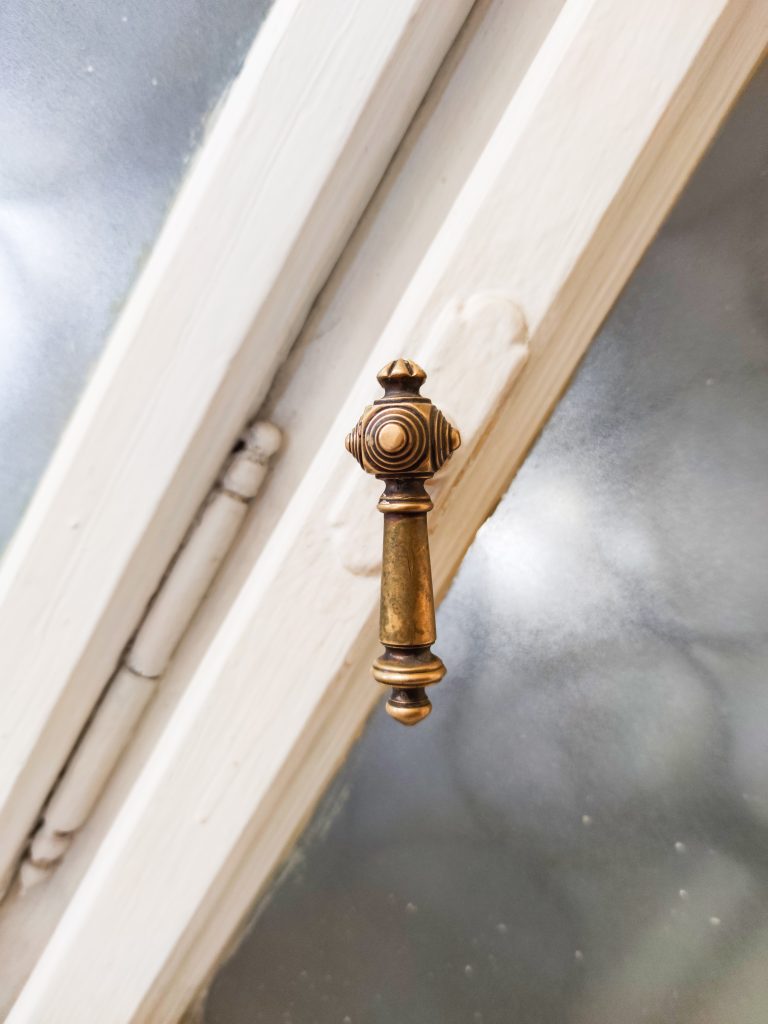
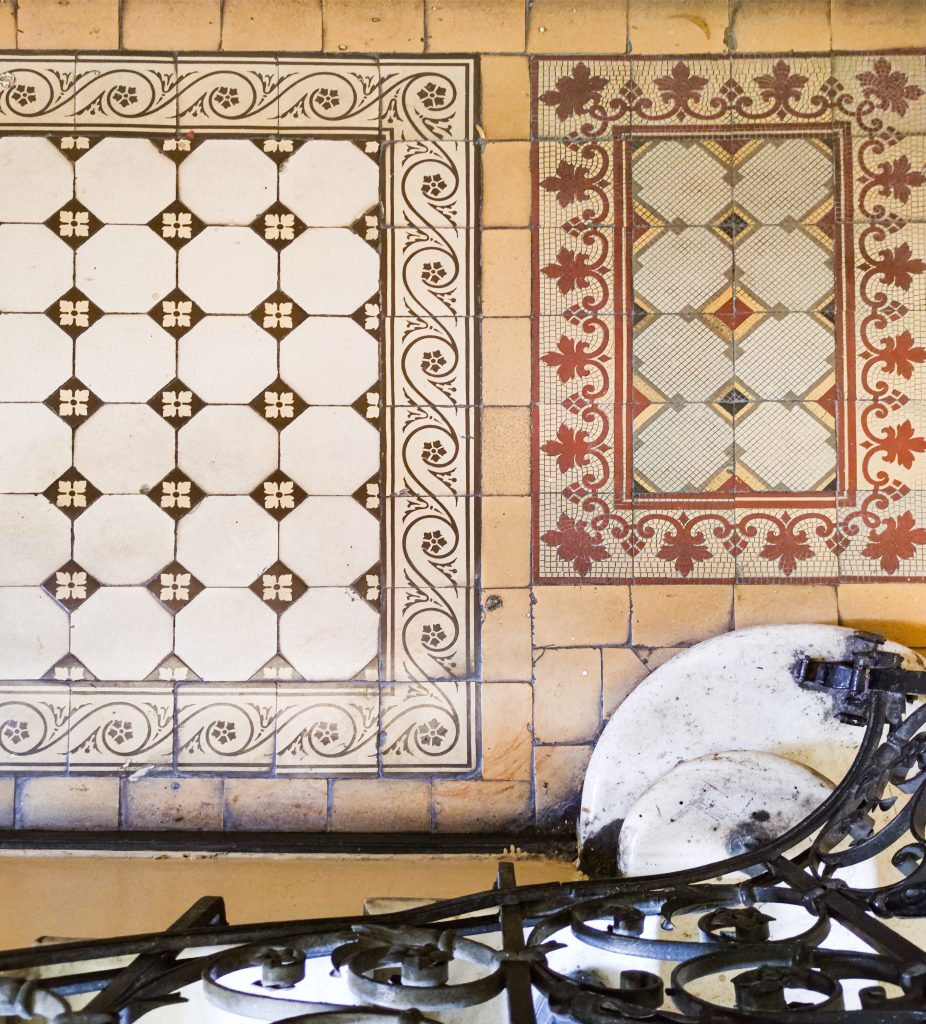
MISCELLANEOUS
By submitting the concept proposal, each participant agrees to every part of this assignment and its terms, as well as to the final decision of the jury.
The Municipality of Plovdiv reserves the right to end the competition or change the schedule at any time if the organizers deem it necessary or if unforeseen circumstances arise.
Answers published in the question and answer section will be considered part of the competition rules.
Requests for additional information are made only by e-mail at
trezorzaidei@plovdiv.bg
Questions asked on social media or by phone call will not be answered.
For any question related to the competition, the entrant must use the aforementioned question and answer procedure.
For questions:
trezorzaidei@plovdiv.bg
GDPR
Participants agree to have their personal data processed by the administrator.
Participants agree that their personal data will be processed solely for the purpose of this competition/initiative.
The participants give their consent to the processing of their personal data freely, specifically for the purposes of item 12.2., and on the basis of the minimum necessary information provided by the administrator, according to Art. 13, par. 1 and par. 2, respectively according to Art. 14 of Regulation (EU) 2016/679.
Assessment criteria
- Role in the urban environment: 35 pts.
- Suitability of the proposal in the context of the city (0-20 points)*
Note:
Justify the choice of function in accordance with the needs of urban development. - Contextual, functional and aesthetic layout of the public square space (0-10 points)
- Importance for local communities (0-5 points)
- Suitability of the proposal in the context of the city (0-20 points)*
- Innovation and originality: 35 pts.
- Innovation and originality of the idea (0-20 points)
- Organicity and complexity of the idea (possibility of multi-genre collaborations, as well as combination of related activities and/or complementary functions) – (0-10 points)
- Use of modern audio-visual and digital technologies (0-5 points)
- Initerior spaces function and design: 30 pts.
- Functional zoning of interior spaces (0-10 points)
- Visual layout of the interior spaces (0-10 points)
- Realistic implementation of the proposed interventions and compliance of the proposal with the value of the building as a cultural asset (0-10 points)
- Еconomic and time frame of implementation of the proposal: 10 pts.
- Economic justification of the proposal (0-5 points)* Note:
Including forecasted number of visitors, target groups, estimated aggregated cost figures, revenue and analysis. - Time frame for implementation of the proposal (0-5 points)
- Economic justification of the proposal (0-5 points)* Note:
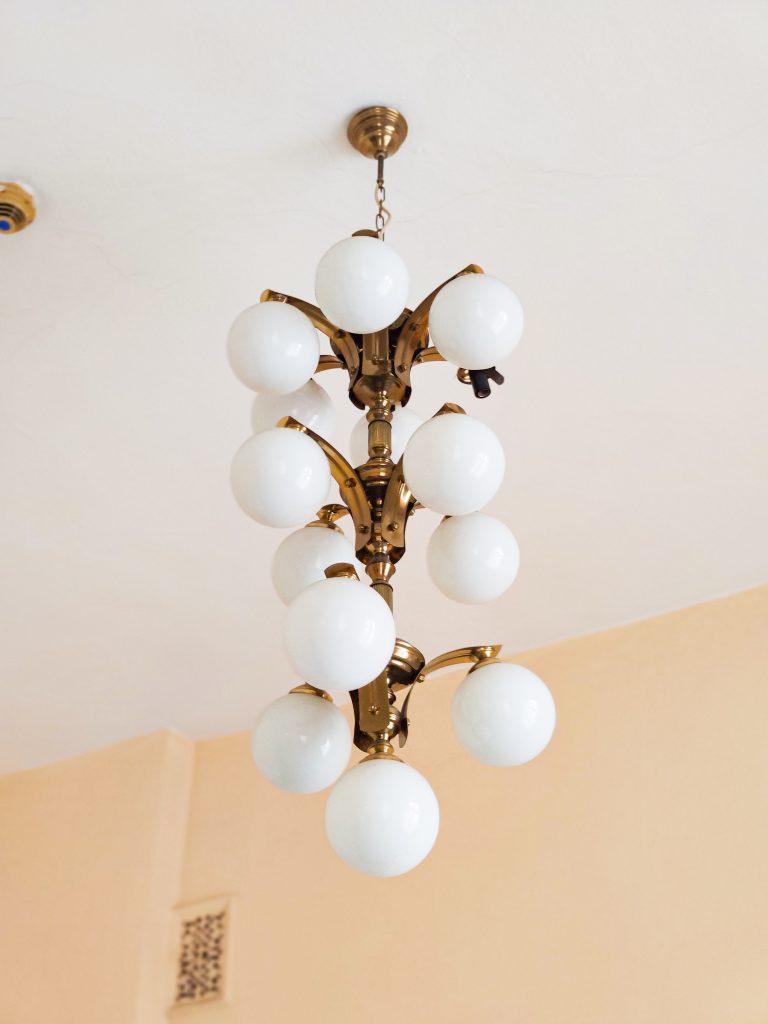
Q&A
A: Answers to questions we’ve received at the email trezorzaidei@plovdiv.bg will be published to this section. Please keep in mind that answers in this Q&A sections will be considered an official part of the competition rules. All questions posed by phone or social networks will be ignored.
A: The files in dwg format are located in the documents package, folder “Source data”.
The layouts in dwg format are indicative and do not claim to be accurate. Their aim is to give general view of the building layout. In addition, approximate dimensions can also be obtained from the virtual tour of the building option: https://my.matterport.com/show/?m=M9X87wnmmNz, as well as during a site visit in accordance with the visiting days plan. The competition is for ideas and concepts and measured drawings with high and precise level of accurary are not a necessity for the presentation of a project.
The mere submission of the competitive proposal (Applications 1 through 5) within the deadline specified in the conditions is considered as registration and thus preliminary registration is required.
We confirm that it is possible to send the proposal documents (Application 1 through 5) electronically to the address trezorzaidei@plovdiv.bg and sending a paper copy is not mandatory. Submission in digital or paper form is at the Participant’s choice.
Unfortunately, we cannot provide the materials you requested. You can use the virtual model and the virtual tour inside the building not only to look at its interior, but also use the available options to visualize floor-by-floor plans and take some measurements with an accuracy of +/- 20 mm at a distance of 10m , including you can partially explore the facades in the provided virtual model. You can also use the provided 3d-point-cloud model in the documentation package. You can check out the virtual model here: https://my.matterport.com/show/?m=M9X87wnmmNz
Application 2 is provided in bilingual format in the documentation package.
It is highly recommended that you follow the template provided.
The mere submission of the competition proposal (Application 1 through 5) within the deadline specified in the conditions is considered as registration and there is no need to submit a preliminary application for registration.
Site visits are organized on pre-announced dates:
15.03.2024, 22.03.2024 and 29.03.2024, in the period 10:00 – 12:00 hours, and due to the complexity of the building, we would rather walk around as a group. In order to make the most of the opportunity for an on-site inspection, we recommend that you request an inspection in advance at trezorzaidei@plovdiv.bg, including your phone number if you wish. We recommend respecting the starting time of the tours. There is no limitation to the number of site visits within the announced on-site inspection dates.
No, there is no registration/participation fee. The competition is free and open-access.
An excerpt of the General Layout Plan and its legend is located in the Documentation, Source Data folder. In addition, you can learn more about the General Layout Plan here: http://pdvoupo.bulplan.eu/map_default.phtml
The explanatory note is a separate element, part of the applications, precisely Application 2 and should be submitted as a separate file (in paper or electronic version).
Yes, that is correct. A part of the building is privately owned and functions as a local branch of a bank institution.
If we have understood you correctly, you are mentioning “Dom Levski” building (to the north of the bank building). Unfortunately, the building is privately owned and is not within the scope of the current competition.
Yes, the built spot is 1080 m2. However, the building consists of several levels, all of which should be taken into consideration. You can explore all of the levels within out virtual tour option here:
https://my.matterport.com/show/?m=M9X87wnmmNz using the floor plan option (in the lower left corner) as well.
You can gather more information about the subsoil level via our virtual tour option (floor plan visualization option in the lower left corner of the screen): https://my.matterport.com/show/?m=M9X87wnmmNz
No initial registration is required.
The registration is automatically completed upon the submission of the visualizations and the rest of the application forms (Applications 1-5).
The submission deadline is 23:59 Eastern European Time, 30th April 2024.
Please, note that the Eastern European Time zone uses daylight saving time.
Unfortunately, we would not be able to extend the deadline. However, the competition is for ideas and is open for participation. Please note that the registration is automatically completed upon the submission of the drawings and the rest of the application forms (Applications 1-5). The submission deadline is 23:59 Eastern European Time, 30th April 2024.
Please, note that the Eastern European Time zone uses daylight saving time.
The submission deadline is 23:59 Eastern European Time, 30th April 2024.
Please, note that the Eastern European Time zone uses daylight saving time.
You may intervene with the plaza located in front of the main facade with respect to the historical, cultural and built context.
Regarding the historic part of the building (see the archive materials) we discourage such a radical approach. However, in the 1970’s addition, you may, if you feel the need to, to remove some of the non-bearing walls.
The functional interpretation should cover all the levels of the building. However, the northwestern part of the building is privately owned and thus not included in the provided schemes. You can explore all the levels of the building within the virtual tour option at https://my.matterport.com/show/?m=M9X87wnmmNz using the floor plan option in the lower left corner as well.
We discourage such a radical approach. However, if you feel that your design should benefit from such a decision, it is up to you to decide.
You can make design interpretations with respect to the historic buildings and its context.
The floor plans are located in Documentation / Source data folder, as dwg file – bnb_schemes.dwg
According to the lines of conduct adopted within the EU, the approach being taken is to minimize and/or terminate cooperation and contacts with the Russian Federation and Belarus at the multilateral and bilateral level. The approach adopted is that members of institutions of EU member states do not participate in events organized or co-organized by Russia and/or Belarus, as well as representatives of both countries are not invited to participate in official events, formats and other public events organized by or under the patronage of the EU, respectively by its member states. In addition, the fact that the government of the Russian Federation announced a list of countries that carry out “hostile acts” against it, its companies and citizens is also taken into account. The list includes all the countries of the European Union, including Bulgaria.
Adding a QR code is at your discretion. Please note that you may submit your proposal either on paper in the office of the Municipality of Plovdiv or electronically at trezorzaidei@plovdiv.bg. Regarding the limit for the explanatory note accompanying the proposal, it is a minimum of 2000 words and a maximum of 3000 words.
Questions from participants will be added to this section


